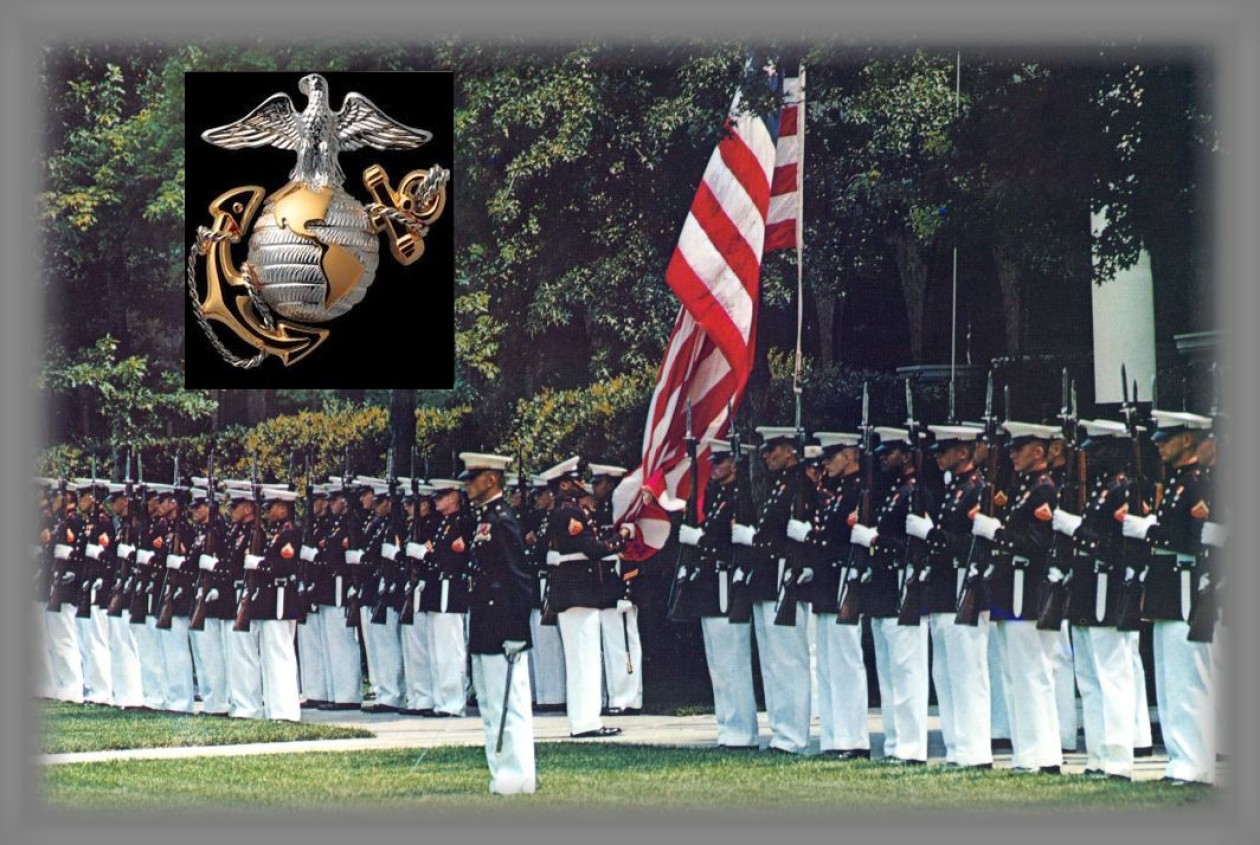Good Day Followers, I hope this post finds you well, safe, and enjoying life as best we can during these very troubling times within the world we live. I am so sick about hearing about BLM, I want to puke. It seems everyday there are more and more indictments coming out concerning the so-called leaders of this organization. Finally, there seems to be a significand rise in Black people realizing just what this organization is really all about. Lord, I hope hope so.
From The “Patriot Post” MARCH 3, 2022
Marxist Envy Drives BLM Grifters
Black lives matter, and that’s why the organization that coopted that phrase as its name deserves utter condemnation for being little more than a bunch of Marxist grifters.
Consider Patrisse Cullors, the self-described “queer” and “abolitionist” (as in abolishing the police) cofounder of Black Lives Matter (BLM). If you doubt that she’s a Marxist, don’t just take our word for it; take hers: “We are trained Marxists,” she said. But she’s also a wildly successful capitalist because she managed to peddle her divisive tripe all the way to the bank, raking in millions of dollars and buying multiple mansions before “retiring” from BLM last year at age 37.
She must be content to sip chardonnay in the quiet spread of one of her four homes, chuckling at all the dupes who funded her lavish lifestyle, right? Wrong. Her recent interview with The Guardian begins this way:
“You’re gonna make me cry,” Patrisse Cullors warns when I ask how she feels about being criticized by other Black people. Then [she] turns away from the webcam and starts to sob, hand to her mouth. “I’m crying because I was prepared for rightwing attacks. I wasn’t prepared for Black people to attack me. And I think that’s probably the hardest thing in this position, to lose your own people. The people that you love the most, the people that you do this work for. The human being feels betrayed, the leader feels like: ‘Yeah, welcome to Black leadership. This is the f**king hazing.’”
She talks about having been to therapy, which she claims is “difficult because we don’t live in a world that cares for black people’s vulnerability.” What is she talking about? In the years since she and two others began BLM, she raised perhaps hundreds of millions of dollars ($90 million in 2020 alone), often from decent Americans who simply thought their gifts meant they were showing that they care for black people. Yet here’s Cullors, vengefully biting the hand that fed her, while admitting that she daily contends with “a lot of resentment.” Resentment for what? That she didn’t raise a billion dollars?
No, that she’s being “treated as the fall guy” for all of BLM’s missing money.
Speaking of Black Liars’ Millions, we recently noted that roughly $60 million of BLM’s graft was unaccounted for. Well, it seems that’s an underestimate. Thanks to BLM’s diversified network of fundraising arms, millions more dollars have mysteriously become what Democrats love to deride as “dark money,” vanishing to who knows where.
Whether or not Cullors used BLM money to fund her real estate or anything else, she certainly cashed in on the racial resentment and division BLM fomented. “I’m also a published author, writer, producer, professor, public speaker and performance artist,” she has said previously. “I work hard to provide for my family.” Indeed.
So why did BLM fail at financial transparency? “I think it’s because black people in general have a hard time with money,” Cullors said. “It’s a trigger point for us.”
Just imagine a white person saying that.
Her hatred of the police comes from her circumstances growing up. Forget the war on drugs, she says; let’s focus on the “war on gangs.” She describes growing up in 1990s LA where “essentially the federal government [was] declaring a war on brown and Black children and calling them domestic terrorists.” She claims it was “a literal war zone.” Going to school in a neighboring white community, however, is what fed her resentment and envy.
Her comments are actually quite enlightening about leftism generally and Marxism in particular. That philosophy and ideology is built almost entirely on envy. A Marxist thinks, Someone else has something I don’t, so I’m either going to take it or at least make sure they can’t have it or pay dearly for it. That’s obviously oversimplified, and it’s not to reject the reality that sometimes life isn’t fair. Sometimes it doesn’t seem right that one group has it so good when another group doesn’t.
But envy is a foundational idea behind Marxism, and building ideology on top of sinful desire is a recipe for disaster. Unfortunately, Marxism is increasingly the ideology undergirding American leftism and the Democrat Party.
Boston BLM leader charged with fraud in federal indictment
 Monica Cannon-Grant and her husband are charged with three separate schemes: defrauding donors, illegally collecting about $100,000 in pandemic unemployment benefits, and lying on a mortgage application.
Monica Cannon-Grant and her husband are charged with three separate schemes: defrauding donors, illegally collecting about $100,000 in pandemic unemployment benefits, and lying on a mortgage application.
A prominent Black Lives Matter leader in Boston was arrested Tuesday, and she and her husband were charged in an 18-count federal indictment.
1-year-old Monica Cannon-Grant and her 38-year-old husband, Clark, were charged in connection with three separate schemes outlined in the indictment: defrauding donors, lying on a mortgage application, and illegally collecting an estimated $100,000 in pandemic unemployment benefits, Boston Globe reported
The pair allegedly raised more than $1 million in donations and grants for those in need, but used a substantial amount on themselves for expenses like rent on their Boston apartment, and buying a car for a relative.
Originally posted 2022-03-17 13:46:50.
















